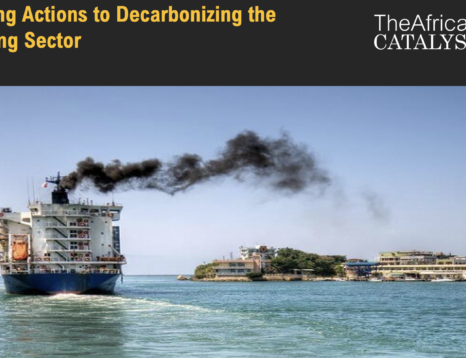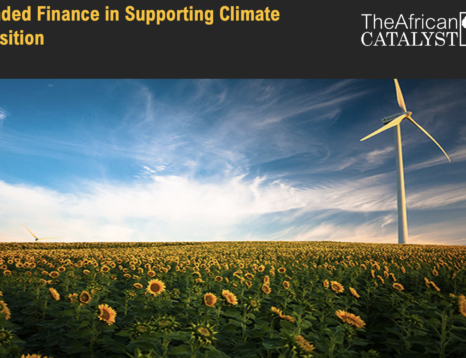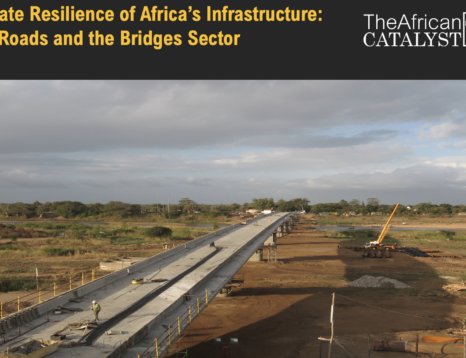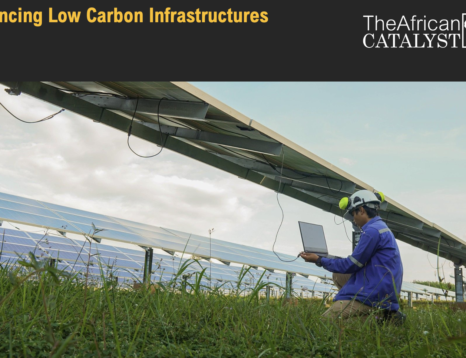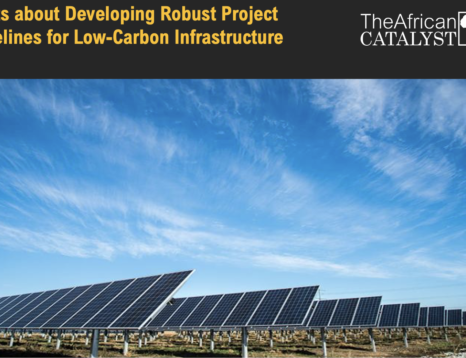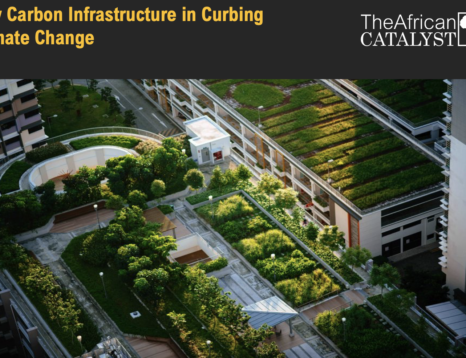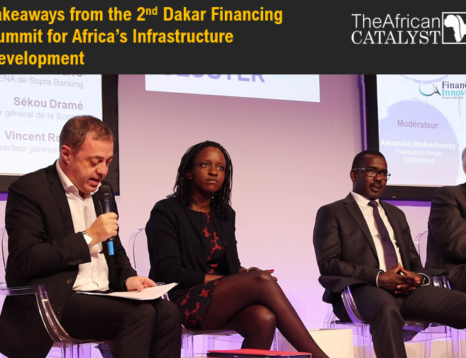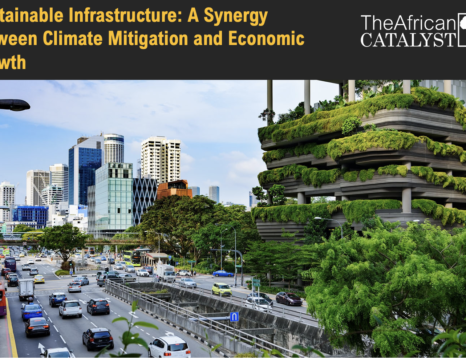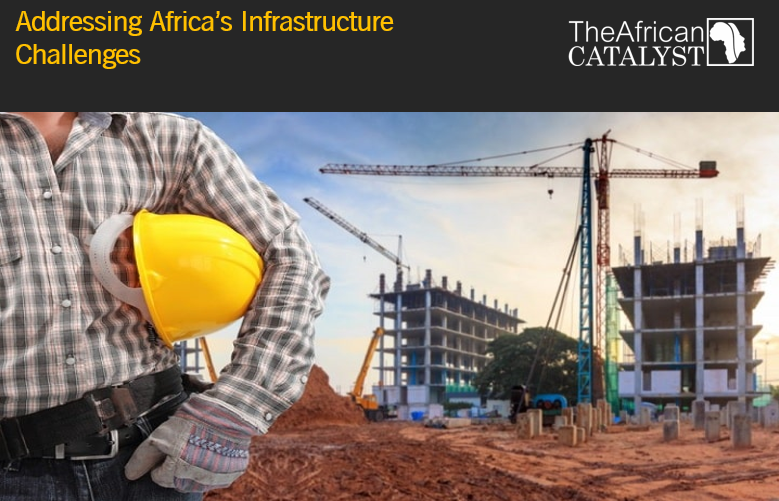
Addressing Africa’s Infrastructure Challenges
According to Deloitte, inadequate infrastructure remains a major obstacle towards Africa achieving its full economic growth potential. With Africa seen as one of the world’s fastest growing economic hubs, meeting the demand for key infrastructure has been identified as a priority. This translates into exciting opportunities for global investors who need to look past the traditional Western view of Africa as a homogeneous block, and undertake the detailed research required to understand the nuances and unique opportunities of each region and each individual country.
This article by The African Catalyst reviews Deloitte’s publication on addressing Africa’s infrastructure challenges, highlighting key facts and insights.
Africa's Infrastructure Challenges
According to Deloitte, one of sub-Saharan Africa’s top developmental challenges continues to be the shortage of physical infrastructure. Greater economic activity, enhanced efficiency and increased competitiveness are hampered by inadequate transport, communication, water and power infrastructure. The world is eager to do business with Africa, but finds it difficult to access African markets, especially in the interior, due to poor infrastructure.
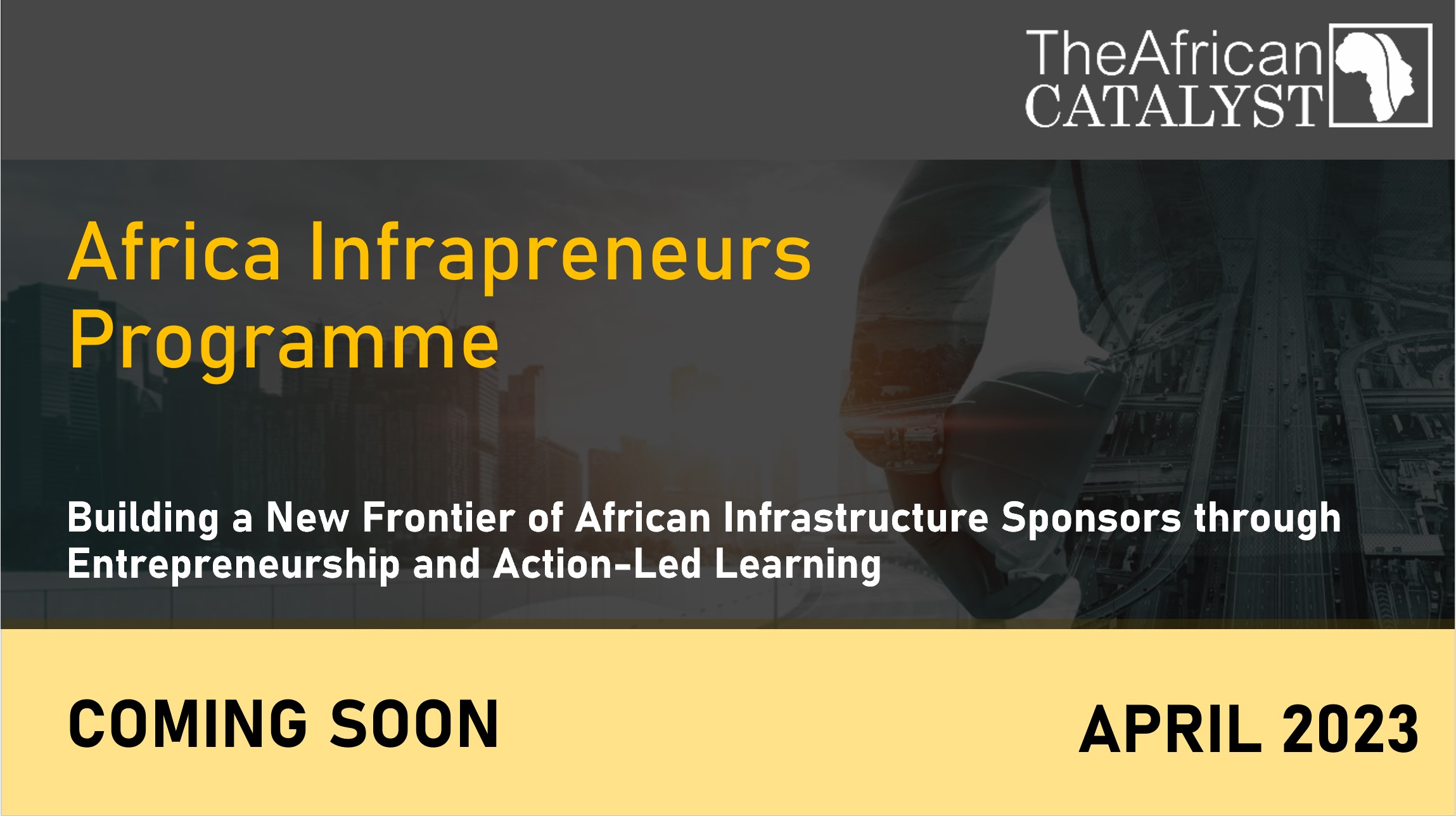
Physical infrastructure covering transportation, power and communication through its backward and forward linkages facilitates growth; while social infrastructure including water supply, sanitation, sewage disposal, education and health, which are in the nature of primary services, has a direct impact on the quality of life.
Without this infrastructure, Africa will not achieve the growth levels expected or required. Infrastructure planning and investment are therefore critical if Africa’s huge economic and developmental potential are to be realised. Key in helping the continent realise its economic potential, is the careful construction of a sustainable infrastructure that can assist to turn the situation around.
The following are key facts and takeaways from the publication:
- Africa’s economic growth and development are intrinsically linked to infrastructure development, but it is the push-pull relationship with commodities that has become the driving force for infrastructure development in the region. The lack of infrastructure is a serious obstacle to growth and development, and results in a low level of intra-African trade and trade with other regions. The continent accounts for 12% of the world population but generates a mere 1% of global GDP and only 2% of world trade. Despite this, six of the world’s ten most rapidly expanding economies are now located in sub- Saharan Africa. This gives even more reason for speedy infrastructure transformation.
- While inadequate infrastructure may be the single biggest threat to Africa’s long-term growth, at the same time it also (at the same time) represents a significant opportunity for investors to finance physical infrastructure assets such as ports, railway lines, toll roads, power stations, hospitals and broadband ICT. With governments across the continent committing billions of dollars to infrastructure, Africa is at the start of a 20 to 30-year infrastructure development boom.
- Funding remains a key challenge. African governments have historically financed a sizable share of the continent’s infrastructure development on balance- sheet, and infrastructure rollout has thus been constrained by budgetary restrictions. Furthermore, local banks are often not able to supply the tenor of loans needed for long term infrastructure investment. For the continent’s infrastructure backlogs to be cleared, some form of collaboration with private sector players is a necessary and important precondition.
- Governments and public authorities are increasingly turning to PPPs to deliver efficient and cost-effective infrastructure and services. PPPs can help public sector entities shorten delivery times, share risks, achieve better value for their money and increase innovation in their infrastructure rollout and provision of services. Such partnerships allow private sector organisations to apply their skills and experience to infrastructure development and operation and mobilise finances for long-term infrastructure investments. Despite their potential, however, PPPs are highly complex policy instruments and must be fully understood and professionally implemented and managed if they are to deliver on their potential.
- Above all, the political will to make decisions quickly and transparently is crucial to optimising the benefits that the PPP process can bring. The infrastructure gap– the amount of investment required to meet core infrastructure needs – is large and growing. On average, developing countries need to spend 5% of their gross domestic product (GDP) annually on infrastructure capital expenditures in order to sustain and expand essential public infrastructure. This constant challenge requires bold approaches and practical solutions, such as PPPs.
Read more on Africa’s infrastructure challenges here.



